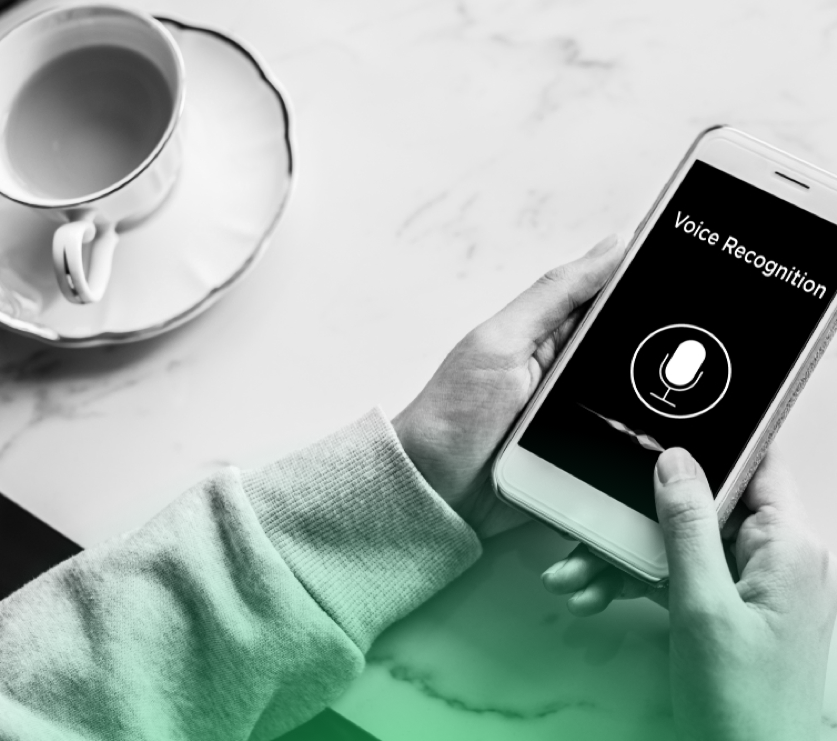Voice Search Redefines the Healthcare Consumer Experience
January 12, 2019
How do we make voice search relevant for healthcare marketing? To position organizations for success now and into the future, here's what you need to understand.
Keir Bradshaw | EVP, Solutions

Voice search was completely the realm of science fiction when the film 2001: A Space Odyssey was released in 1968. Today it’s a core user expectation for exploration on the web. (Think Siri, Alexa, or Cortana.)
As the landscape changes from keyboard/touch-based input to vocalization and audio response, the question is: How do we make voice search relevant for healthcare marketing? To position organizations for success now and into the future, healthcare marketers must understand:
- Voice search is not a fad. Analysts believe that by 2020, 30 percent of all browsing sessions will be done without a screen (i.e., “voice only”) and 50 percent by hybrid screen/voice interactions.
- Voice search applications require the same basic strategies as other tools. You must still identify your audience and their motivations, align your tactics with their needs and expectations, measure your results, and adjust your strategies accordingly.
- Voice search is still in its infancy. Even so, two tools can be used now to increase the chances of connecting and aligning with users: voice-based search engine optimization (SEO), and voice-based apps.
In fact, SEO rules and schema data are more important than ever because a voice search often presents only one result to users. Plus, just as with mobile apps, voice apps are challenged to deliver more value to users than they already get through organic search. Otherwise, the apps simply won’t be used. This further increases the need for good SEO strategy.
For healthcare marketers, all of these factors point to the importance of developing voice search goals as part of their search strategy discussions.
To read the full article by Keir Bradshaw, MERGE EVP, click here.